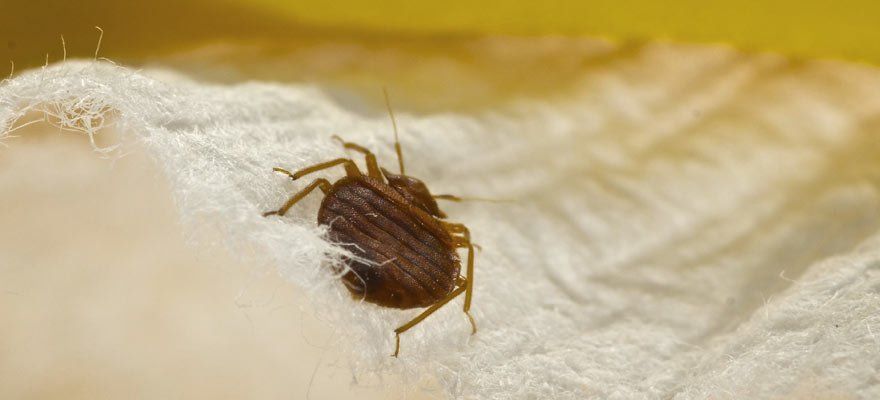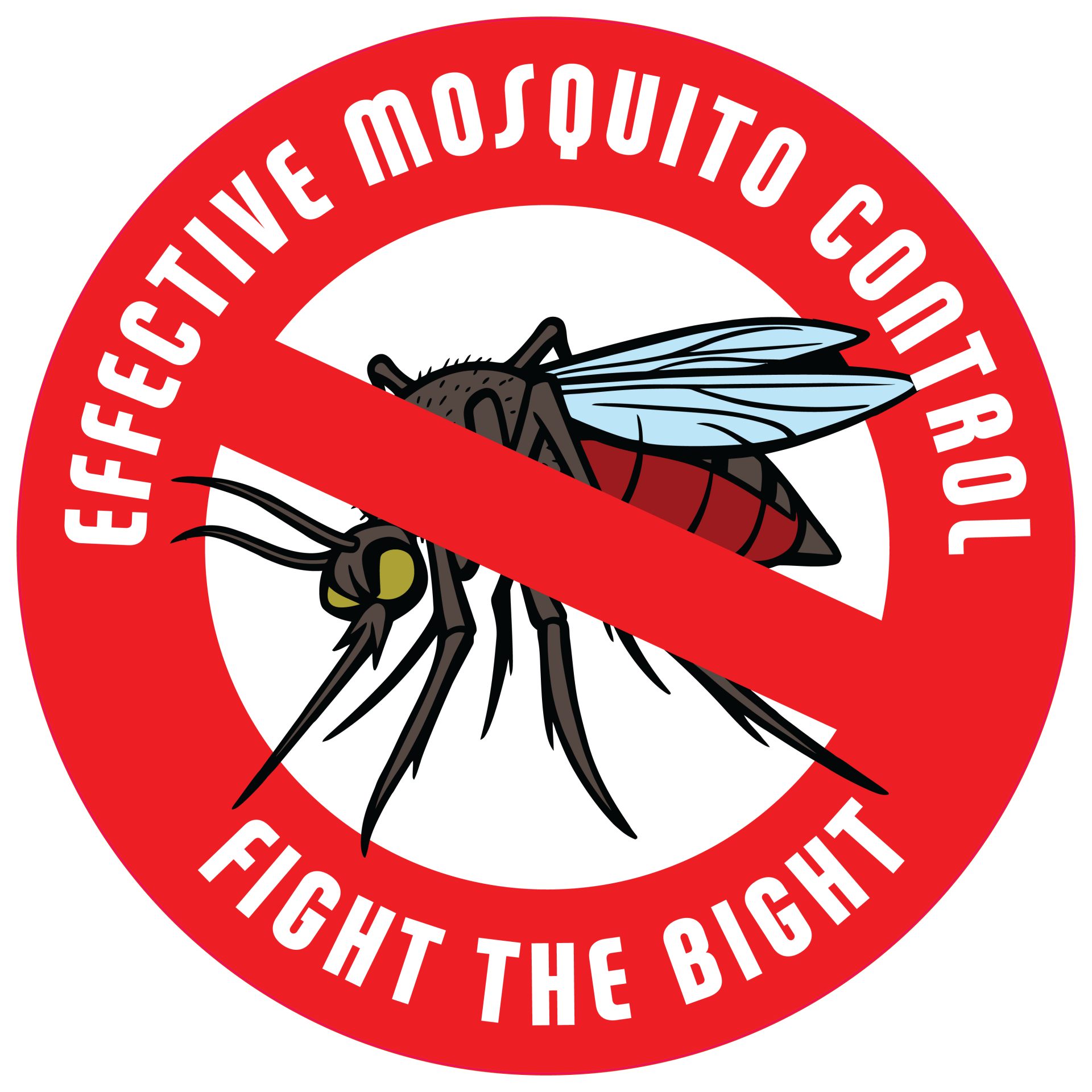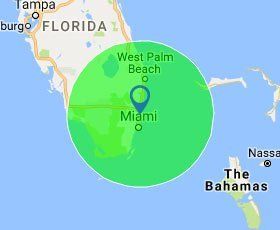
Bedbugs
Bed bugs are parasitic insects of the cimicid family that feed exclusively on blood. Cimex lectularius, the common bed bug, is the best known as it prefers to feed on human blood; other Cimex species specialize in other animals, e.g., bat bugs, such as Cimex pipistrelli (Europe), Cimex pilosellus (Western United States), and Cimex adjunctus (entire Eastern United States).
The name bed bug derives from the preferred habitat of Cimex lectularius: warm houses and especially near or inside beds and bedding or other sleep areas. Bed bugs are mainly active at night, but are not exclusively nocturnal. They usually feed on their hosts without being noticed.
A number of adverse health effects may result from bed bug bites, including skin rashes, psychological effects, and allergic symptoms. Bed bugs are not known to transmit any pathogens as disease vectors. Certain signs and symptoms suggest the presence of bed bugs; finding the adult insects confirms the diagnosis.
Bed bugs have been known as human parasites for thousands of years. At a point in the early 1940s, they were mostly eradicated in the developed world, but have increased in prevalence since 1995, likely due to pesticide resistance, governmental bans on effective pesticides, and international travel. Because infestation of human habitats has begun to increase, bed bug bites and related conditions have been on the rise as well.
Description
Physical
Adult bed bugs are light brown to reddish-brown, flattened, oval-shaped, and have no hind wings. The front wings are vestigial and reduced to pad-like structures. Bed bugs have segmented abdomens with microscopic hairs that give them a banded appearance. Adults grow to 4–5 mm (0.16–0.20 in) long and 1.5–3 mm (0.059–0.118 in) wide.
Newly hatched nymphs are translucent, lighter in color, and become browner as they moult and reach maturity. A bed bug nymph of any age that has just consumed a blood meal has a bright red, translucent abdomen, fading to brown over the next several hours, and to opaque black within two days as the insect digests its meal. Bed bugs may be mistaken for other insects, such as booklice, small cockroaches, or carpet beetles; however, when warm and active, their movements are more ant-like and, like most other true bugs, they emit a characteristic disagreeable odor when crushed.
Bed bugs use pheromones and kairomones to communicate regarding nesting locations, feeding, and reproduction.
The lifespan of bed bugs varies by species and is also dependent on feeding.
Bed bugs can survive a wide range of temperatures and atmospheric compositions. Below 16.1 °C (61.0 °F), adults enter semihibernation and can survive longer; they can survive for at least five days at −10 °C (14 °F), but die after 15 minutes of exposure to −32 °C (−26 °F). Common commercial and residential freezers reach temperatures low enough to kill most life stages of bed bug, with 95% mortality after 3 days at −12 °C (10 °F). They show high desiccation tolerance, surviving low humidity and a 35–40 °C range even with loss of one-third of body weight; earlier life stages are more susceptible to drying out than later ones.
The thermal death point for C. lectularius is 45 °C (113 °F); all stages of life are killed by 7 minutes of exposure to 46 °C (115 °F). Bed bugs apparently cannot survive high concentrations of carbon dioxide for very long; exposure to nearly pure nitrogen atmospheres, however, appears to have relatively little effect even after 72 hours.
Feeding habits
Scanning electron micrograph (SEM) digitally colorized with skin-piercing mouthparts highlighted in purple and red
Bed bugs are obligatory hematophagous (bloodsucking) insects. Most species feed on humans only when other prey are unavailable. They obtain all the additional moisture they need from water vapor in the surrounding air. ] Bed bugs are attracted to their hosts primarily by carbon dioxide, secondarily by warmth, and also by certain chemicals. Bedbugs prefer exposed skin, preferably the face, neck, and arms of a sleeping person.
Bedbugs have mouth parts that saw through the skin, and inject saliva with anticoagulants and painkillers. Sensitivity of humans varies from extreme allergic reaction to no reaction at all (about 20%). The bite usually produces a swelling with no red spot, but when many bugs feed on a small area, reddish spots may appear after the swelling subsides.
Although under certain cool conditions adult bed bugs can live for over a year without feeding, under typically warm conditions they try to feed at five- to ten-day intervals, and adults can survive for about five months without food. Younger instars cannot survive nearly as long, though even the vulnerable newly hatched first instars can survive for weeks without taking a blood meal.
At the 57th annual meeting of the Entomological Society of America in 2009, newer generations of pesticide-resistant bed bugs in Virginia were reported to survive only two months without feeding.
DNA from human blood meals can be recovered from bed bugs for up to 90 days, which mean they can be used for forensic purposes in identifying on whom the bed bugs have fed.
Call us for a
FREE estimate on our bedbug removal services.
954-342-9744
Let our knowledgeable staff exterminate the annoying bedbugs!




